Key reasons why gas generators necessary in Iran
gas generators are necessary in Iran to address the increasing energy demand, unreliable grid, support industrial and commercial sectors, economic constraints, fuel availability, and infrastructure development, ensure emergency preparedness, diversify the energy mix, and provide cost-effective solutions
1.Unreliable electric grid:
Iran’s electric grid has faced challenges in reliably delivering power to all areas, especially during peak demand periods or unplanned outages. Gas generators can serve as backup power sources during outages or periods of high demand critical for facilities like hospitals, manufacturing plants, etc.
2.Off-grid applications
Gas generators enable new applications like water desalination remote telecommunications towers, oil and gas extraction sites, and agricultural operations. They provide reliable power in areas where grid connectivity is challenging or economically unviable.
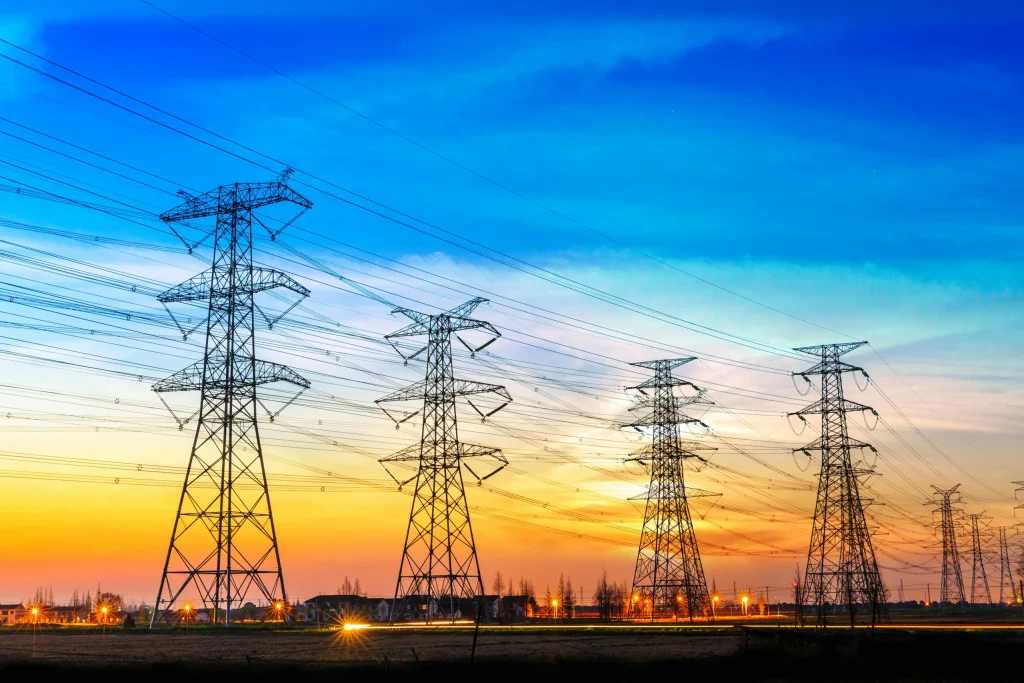
3.Geographic challenges :
Iran has remote regions and areas that are not connected to the main power grid. Gas generators can provide electricity to these locations where grid connection is not feasible.
4.Cost effectiveness
For scattered loads or temporary needs, installing gas generators as decentralized micro-grids can be more economical than expanding the centralized grid. This approach allows for targeted power generation and distribution, optimizing resource utilization.
5.Economic sanctions :
International sanctions have impacted Iran’s ability to import certain goods and modernize infrastructure. This exacerbates existing grid issues and makes the country more dependent on domestic power solutions like gas generators.
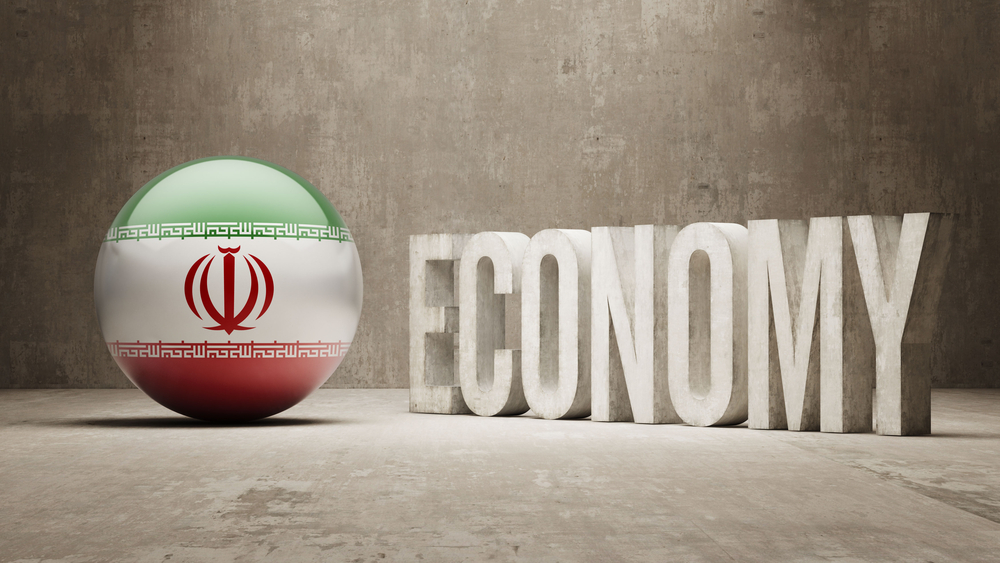
6.Fuel supply constraints :
Iran relies heavily on oil and natural gas for power generation as well as export revenues. However, domestic production and refining capacity have been constrained. Gas generators provide an alternative for using natural gas supplies directly at the site of consumption.
7.Fuel availability :
Iran is rich in natural gas resources. Gas generators can utilize this abundant fuel source for power generation, reducing dependence on imported fuels and enhancing energy self-sufficiency.
8.Energy demands increasing :
Iran’s economy and industrialization is growing steadily, driving higher electricity demands across the country. The grid alone cannot reliably meet the increasing loads . Gas generators can help meet this growing demand by providing additional power capacity.
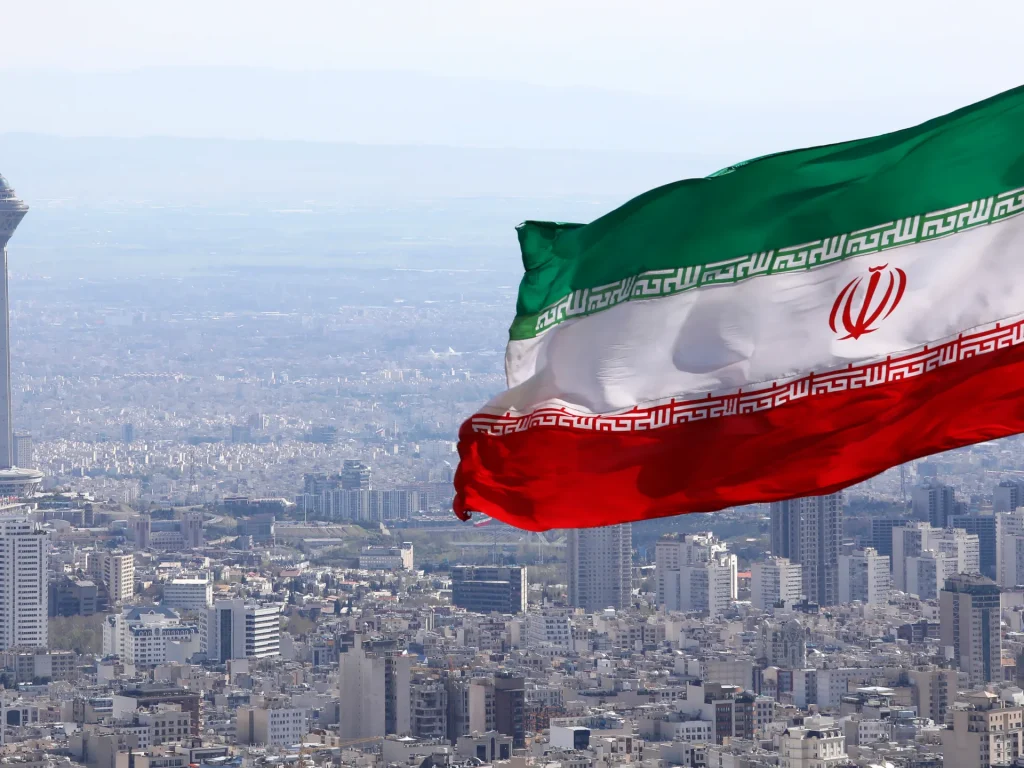
9.Climate vulnerabilities :
Severe climate events like droughts and floods periodically stress Iran’s hydro and thermal power plants. Generators provide resilience against weather-related outages.
10.Population dispersion :
Iran’s population of over 80 million people is widely dispersed across the large and diverse geography. Connecting all remote/rural areas to the central grid is an enormous challenge. Local generators are needed.
11.Industrial and commercial sectors :
Gas generators are essential for industries and commercial establishments that require a continuous and reliable power supply. They ensure uninterrupted operations, preventing financial losses and maintaining productivity.
12.Infrastructure development :
Gas generators can play a role in supporting the development of infrastructure in Iran, particularly in rural and underserved areas. They can provide temporary or permanent power solutions for construction sites, remote communities, and other areas lacking access to the main grid.
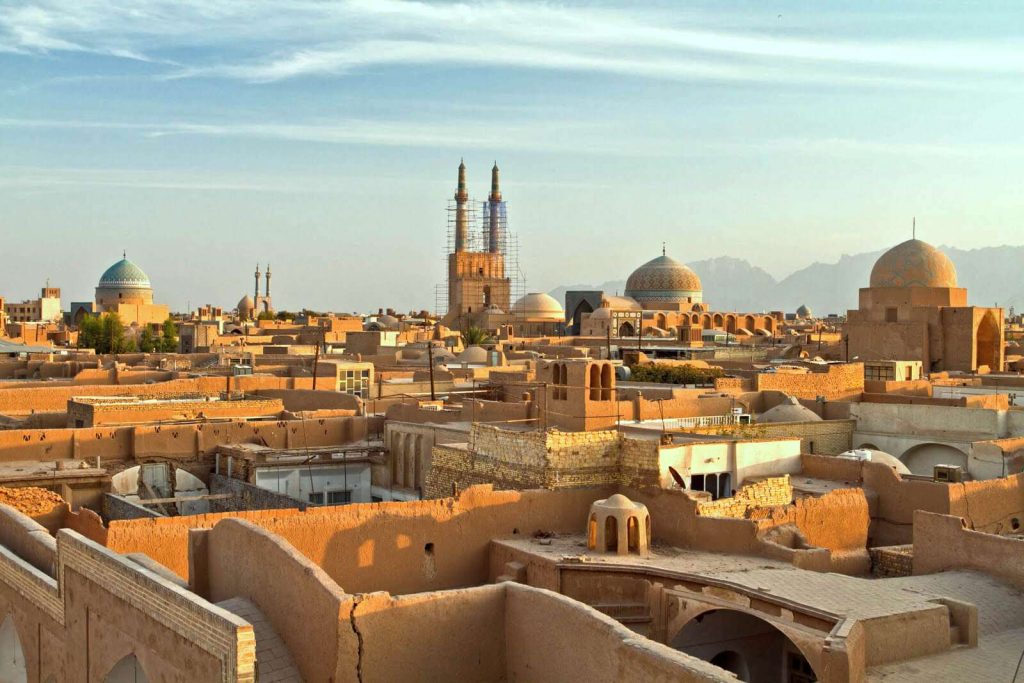
13.Emergency preparedness :
Iran is prone to natural disasters such as earthquakes and severe weather events. Gas generators serve as crucial backup power sources during emergencies, enabling essential services like hospitals, emergency response centers, and communication networks to function.
14.Energy diversification :
Gas generators offer a diversified energy mix in Iran, reducing reliance on a single source of power generation. This diversification enhances energy security and resilience against supply disruptions.
15.Power exports constrained :
Iran aims to be an energy exporter to neighboring countries. However, sanctions limit major infrastructure investments needed to realize this goal. Distributed generation helps utilize domestic resources.
16.Lower carbon emissions :
Natural gas has fewer carbon atoms per unit of energy released when combusted, making it a less carbon-intensive fossil fuel than coal or oil. Gas generators contribute less to Iran’s carbon footprint.
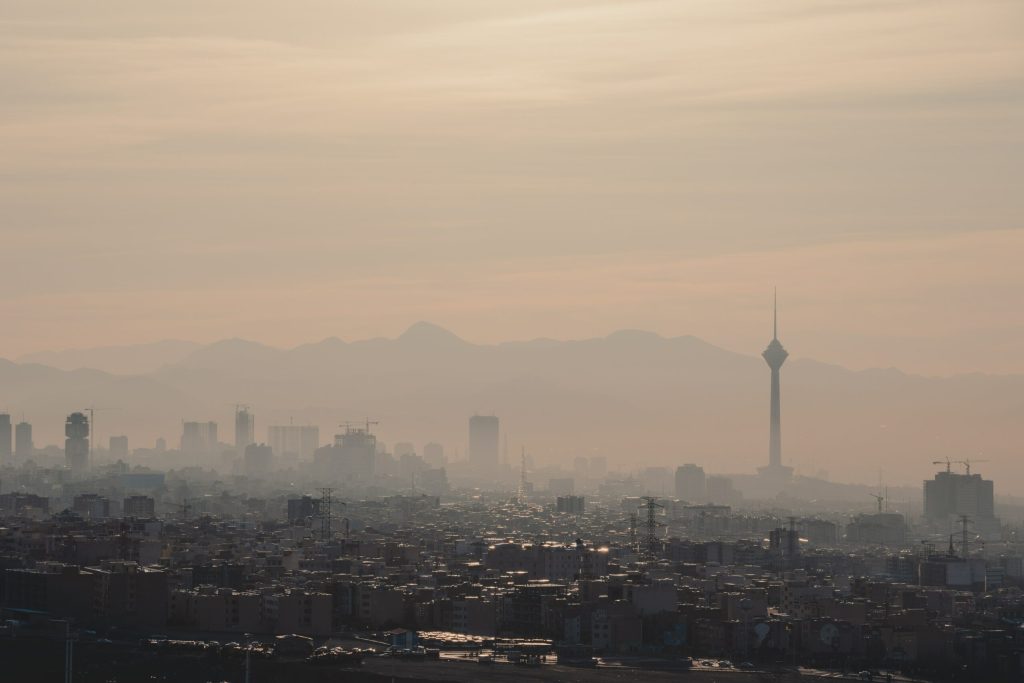
17.Reduced air pollution :
Gas generators emit significantly lower levels of toxic air pollutants like sulfur dioxide, nitrogen oxides, and particulate matter compared to burning fuel oil or coal. This improves public health.
18.Water crisis and declining rainfall :
By providing decentralized off-grid power solutions, gas generators reduce strain on Iran’s centralized hydroelectric dams and reservoirs. This helps preserve precious water resources for drinking and agriculture. Gas generators do not require water for cooling like conventional thermal power plants.
19.Efficient fuel utilization :
Modern gas engines and turbines achieve high electrical efficiencies, maximizing the energy derived from each unit of fuel used. This minimizes environmental impact per kWh generated.
20.Less land use :
Gas generators do not require large tracts of land or water bodies for operation unlike centralized coal/nuclear plants. This reduces pressure on natural habitats.
